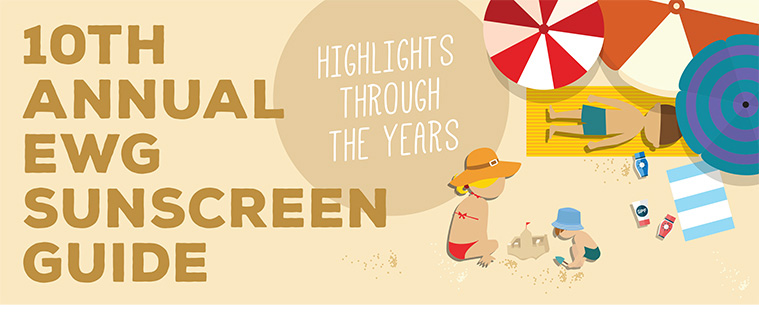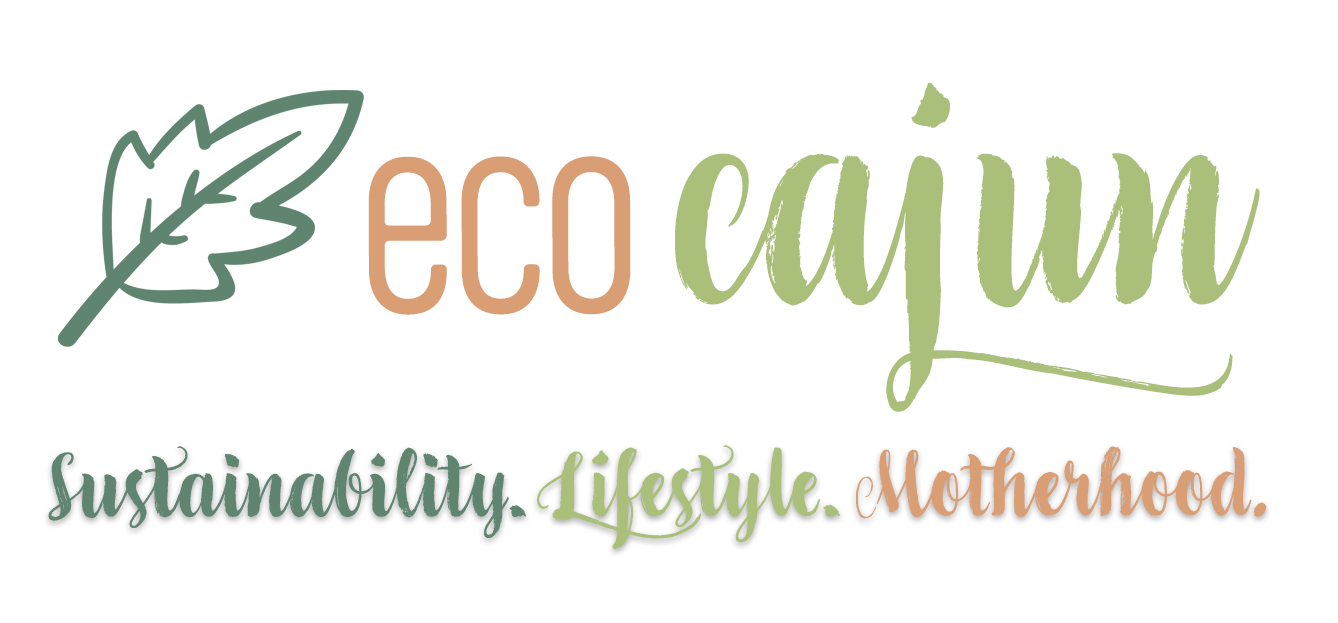So naturally, it's time to load up on the sun protection anytime you leave the house, especially if you're heading to a pool, lake or the beach for the day. But before you reach for the first bottle of sunblock you find at the store, take a step back and read the ingredients list.
Conventional sunscreens and sunblocks contain many harmful chemicals that seep into our bodies through our skin. For the same reason we look at chemical-free beauty products and other bath products, we should look at chemical-free sun care products.
It's important to remember that sunscreen is not the only—or best—way to protect yourself from sun damage. While Louisiana summer heat and humidity make it almost unbearable to wear more than a swimsuit 24/7, it's better to wear sleeved and panted clothing made of natural, lightweight and breathable fabrics.
If you're planning to spend an extended amount of time outside (even to mow the lawn or garden), grab a hat and sunglasses. If a hat cramps your style, whip out an umbrella.
If you have the option, stick to the shade.
And always, always, always stay hydrated. Maybe it's not related to protecting your skin from the sun's rays, but if you're spending time outside in the heat, it's super important.
Now, back to the sunscreen.
The Environmental Working Group annually studies hundreds of sunscreens on the market, looking at their ingredient lists and marketing claims. They've found that in the past 10 years, many products are safer, but there are still concerns over some products. And part of their guide looks specifically at children's formulas (best scoring and worst scoring), since children's skin is typically much more sensitive and their systems are still developing.
 |
| The EWG puts out an annual guide recommending the best sunscreens for both children and adults. |
For an easy way to check products you're looking at, install the Environmental Working Group Healthy Living app. When you're out shopping, you can scan product barcodes to see how each ingredient rates on a health scale.
As I wrote about in my Alternative to Sunscreen post last year, chemicals from conventional sunscreens are not just harmful to our skin and bodies, they're extremely dangerous to the world's coral reefs. When my fiance and I visited Hawaii two years ago, we encountered many signs about the dangers of sunscreen to the native coral reefs, especially at Hanauma Bay State Park.
 |
| Gratuitous photo of Hanauma Bay, because, just look at it! |
Coral feed on algae, and they provide a safe breeding ground for fish and other marine species. Coral reefs also protect shorelines against damage from storms and floods, acting as a buffer against erosion.
NOAA National Centers for Coastal Ocean Science researchers and their partners have discovered that BP-2, a sunscreen chemical commonly used in many soaps, cosmetics and fragrances, is highly toxic to corals. As of 2003, 27% of the world's coral reefs have been lost. By 2033, 60% could be destroyed.
Statistics show that approximately 4,000 to 6,000 tons of sunscreen are washed
off in coral reef areas around the world every year. These ingredients bleach hard corals, even at
extremely low concentrations:
- Oxybenzone (BP-3)
- Octyl methoxycinnamate (octinoxate)
- Propylene glycol and Butylparaben
- Camphor
- Cinnamate
Look for sunscreens that don't contain these chemicals, or parabens (common preservatives that can lead to endocrine system disruption).
- Just want a cheat sheet of the top brands? Lucky for you, it's a short 203-product list of brands that meet EWG's criteria!
- Read their FAQs for all the information you need on sunscreen safety.
- Shop the EWG's best-rated sunscreens through their Amazon-powered store.
Other Resources
- Read the Green Product Junkie's review of Raw Elements eco sunblock.
- Check out Good Housekeeping's top picks for affordable natural sunscreens.
Get sunscreen smart and grab a hat before you go outside—your skin and body will thank you for it!









No comments